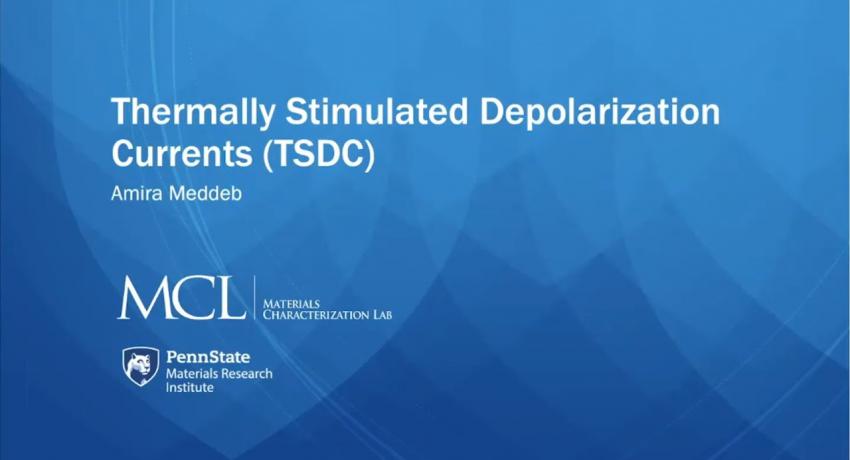TSDC is a high-resolution technique to investigate the electrical properties of high-resistivity materials by studying the thermal relaxations and the transport processes.
Procedure:
- Apply a DC electric field Ep at a temperature Tp for a time tp.
- With the electric field still applied, the temperature is quickly dropped to below Tp.
- Once the temperature is stabilized, the electric field is turned off and the temperature is increased at a selected rate b while the depolarization current is recorded.
Processes captured by TSCD strongly depend on:
- Tested sample properties: textural, morphological, and chemical.
- Experimental conditions: Ep, Tp, tp and b
Examples of processes studied by TSDC technique:
- Ageing (Polymers and ceramics)
- Charge carriers trapping, density and mobility
- Bulk thermal relaxations
- Interfacial relaxations
- Defects

In-house built system: pA meter, amplifier and oven/furnace combinations allow a wide range of voltage and temperature.
Input:
- Voltage range: +- 5kV
- Temperature range: -150 to 700 °C
Output:
- Current range: 1 pA – 1mA
References:
LatinAm. Metal. Mat. 2016; 36 (1) J. Electron. Mater. 2016; 45 (8) Thermally Stimulated Discharge Current Analysis of Polymers, Carr, S. H., (1982)

